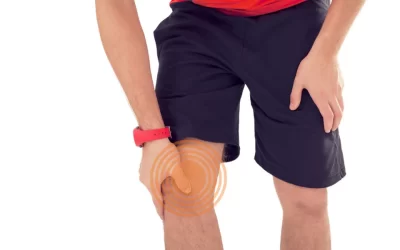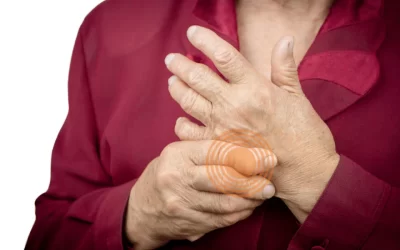Programs
Arthritis Wellness Program
Maana Health’s Arthritis Wellness Program incorporates pulsed signal therapy along with exercise, pain management modalities, ergonomics guidance, etc. to provide a comprehensive approach to non-invasive knee pain treatment, promoting relief and improved mobility.
Surgeries Avoided
Maana Health’s Arthritis Wellness program has successfully avoided over 500+ knee replacement surgeries, offering a positive and hopeful alternative for those seeking knee arthritis treatment without surgery.
Maana Health stands out in patient care with scientifically proven techniques, US FDA & European CE-approved treatments, and cutting-edge technologies. Our approach combines various treatments to address conditions comprehensively. By bridging the gap between advanced medical technologies and local accessibility, Maana Health is not just treating individuals; it’s empowering communities with the latest in healthcare.
Holistic Approach
Maana Health’s arthritis wellness program maximizes treatment effectiveness by combining various elements for a holistic approach.
Our treatment modalities and treatment approaches are US FDA and CE-approved activate the body’s self-healing mechanism and muscle-strengthening mechanism and do not have any side effects. We combine pulsed signal therapy, exercises, diet and nutrition management, lifestyle management, posture correction, and ergonomics guidance. This holistic approach addresses the issue from all perspectives, making our program unique in its comprehensive treatment of knee ailments. The elements of the program are


Pulsed Signal
Therapy

Pain Management


Management

Oxygen Therapy

Counselling

Exercises

Conditions We Heal
Our goal is to help you regain mobility, reduce pain, and improve your overall quality of life by treating the root cause of the condition without the need for surgery.
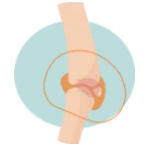
Knee Osteoarthritis

Hip Osteoarthritis
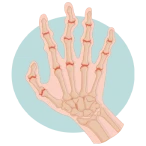
Fibromyalgia
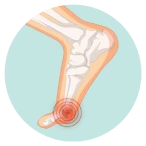
Gout
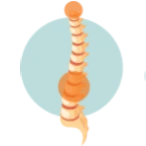
Ankylosing Spondylitis

Rheumatoid Arthritis

Chronic Fatigue Syndrome

Crohn’s Disease
Patient Story
FAQ’s
Is Pulsed Signal Therapy (PST) approved for the treatment of knee arthritis?
Are there any known side effects of Pulsed Signal Therapy for knee arthritis?
Can PST be used as a standalone treatment for knee arthritis, or does it need to be combined with other therapies?
How long do the benefits of PST for knee arthritis last?
Pulsed Signal Therapy: Knee Arthritis Treatment Without Surgery
Knee arthritis can cause pain, stiffness, and reduced mobility, making everyday activities challenging. Pulsed Signal Therapy (PST) is emerging as a promising option for knee arthritis treatment without surgery.
Pulsed Signal Therapy is a non-invasive, drug-free treatment that uses low-intensity electromagnetic pulses to stimulate the body’s natural healing processes. It has been used to treat a variety of musculoskeletal conditions, including knee arthritis. The therapy works by targeting the damaged tissue in the knee joint, reducing inflammation, and relieving pain.
One of the key benefits of Pulsed Signal Therapy is its ability to provide long-term relief from knee arthritis symptoms without the need for surgery. Many patients have reported significant improvements in pain, stiffness, and mobility after undergoing PST treatments. Additionally, the therapy is considered safe and well-tolerated, with minimal side effects compared to surgical interventions.
Another advantage of Pulsed Signal Therapy is its non-invasive nature, which means that patients can avoid the risks and complications associated with surgery. This makes it an attractive option for individuals who are not suitable candidates for surgery or prefer to explore conservative treatment options first.
Research Evidences
Pulsed Signal Therapy: An Overview” by Richard Markoll, Dulce M. Da Silva Ferreira, and Theresa K. Toohil
The study titled “Pulsed Signal Therapy: An Overview” by Richard Markoll, Dulce M. Da Silva Ferreira, and Theresa K. Toohil discusses Pulsed Signal Therapy (PST®), a unique therapy using magnetic field pulses to stimulate biological repair. Clinical trials confirmed its efficacy and safety in treating osteoarthritis, temporomandibular joint disorder, and tinnitus. PST® showed positive effects on cartilage, connective tissue, and bone repair. The therapy, non-invasive and non-pharmacological, mimics natural physiological signaling and has been successful in various joint-related conditions.
You may be interested in these questions:
What is Pulsed Signal Therapy (PST®) and how does it work?
Pulsed Signal Therapy (PST®) is a unique form of therapy that involves directing a specific physiological signal carried on a series of magnetic field pulses to the treatment site. The therapy utilizes a corrective signal carried on a magnetic wave-pulse to induce a tiny electrical signal that mimics the physiological signaling in healthy organisms. PST® works by stimulating biological repair in the affected area, particularly in conditions like osteoarthritis, temporomandibular joint disorder, and tinnitus. The therapy is non-invasive, non-pharmacological, and aims to promote healing and repair in cartilage, connective tissue, and bone.
What are the key findings of the clinical trials on PST® for osteoarthritis and other conditions?
The key findings of the clinical trials on Pulsed Signal Therapy (PST®) for osteoarthritis and other conditions include:
- Efficacy: Clinical trials conducted in over 100,000 patients globally have consistently confirmed the long-term efficacy of PST® in treating conditions such as osteoarthritis, temporomandibular joint disorder, and tinnitus. The therapy has shown positive effects on cartilage, connective tissue, and bone repair.
- Safety: PST® has demonstrated a high safety profile based on long-term follow-up studies. No known adverse effects have been reported in patients who have undergone PST® treatment.
- Functional Improvement: PST® has been shown to improve functional status in patients with osteoarthritis and other joint-related conditions. Patients treated with PST® experienced significant improvements in pain scores and functional outcomes.
- Morphological Changes: Studies have indicated that PST® can induce positive morphological changes, such as widening of the central canal area in the lumbar spine, suggesting structural improvements in the affected areas.
Overall, the clinical trials have provided strong evidence supporting the effectiveness and safety of PST® in treating various musculoskeletal conditions, highlighting its potential as a non-invasive and beneficial therapeutic option.
Pulsed Signal Therapy® for the treatment of musculoskeletal conditions: a millennium paradigm by Richard MARKOLL, Dulce M. DA SILVA FERREIRA and Theresa K. TOOHIL – Institute For Innovative Medicine (INFINOMED), Munich, Germany
This discusses Pulsed Signal Therapy (PST) as an innovative treatment for musculoskeletal conditions, particularly osteoarthritis. PST is non-invasive, safe, and effective, using unique energy parameters to induce repair processes. The therapy has shown promising results in clinical trials and in vitro studies. The aging population and the increasing prevalence of musculoskeletal conditions make PST a valuable treatment option. PST’s mechanism involves biophysical-biochemical coupling to stimulate restorative processes. The therapy has been recognized for its long-term benefits and potential applications in various medical disorders.
You may be interested in these questions:
What are the key features of Pulsed Signal Therapy (PST)?
How does PST interact with biological structures at the biomolecular level to trigger biochemical processes?
PST interacts with biological units at the biomolecular level through biophysical-biochemical coupling to stimulate restorative processes.
Other Programs
Maana Health offers a range of specialized programs designed to address various health needs without a surgical intervention.
Accreditations and Certifications

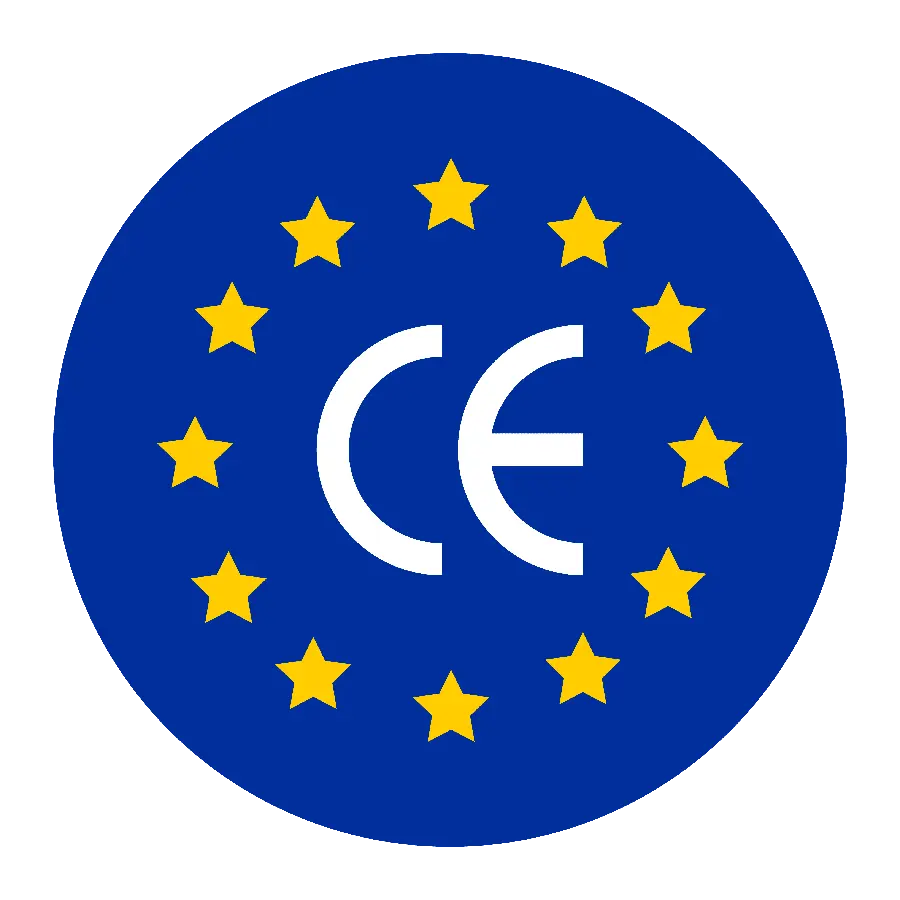
Blog
Latest News & Resources
The Connection Between Weight Loss and Joint Health: What You Need to Know
Joint pain and stiffness can significantly impact your quality of life, limiting mobility and...
Physical Therapy for Ageing Knees: A Path to Relieving Knee Pain Naturally
As we age, our knees often bear the brunt of wear and tear, leading to discomfort and limited...
Arthritis Wellness Program – Non-surgical Osteoarthritis Treatment at Maana Health
Osteoarthritis is a common condition affecting lakhs of people worldwide. It causes pain,...
Office
Monday – Saturday : 8:30 am to 6:00 pm


